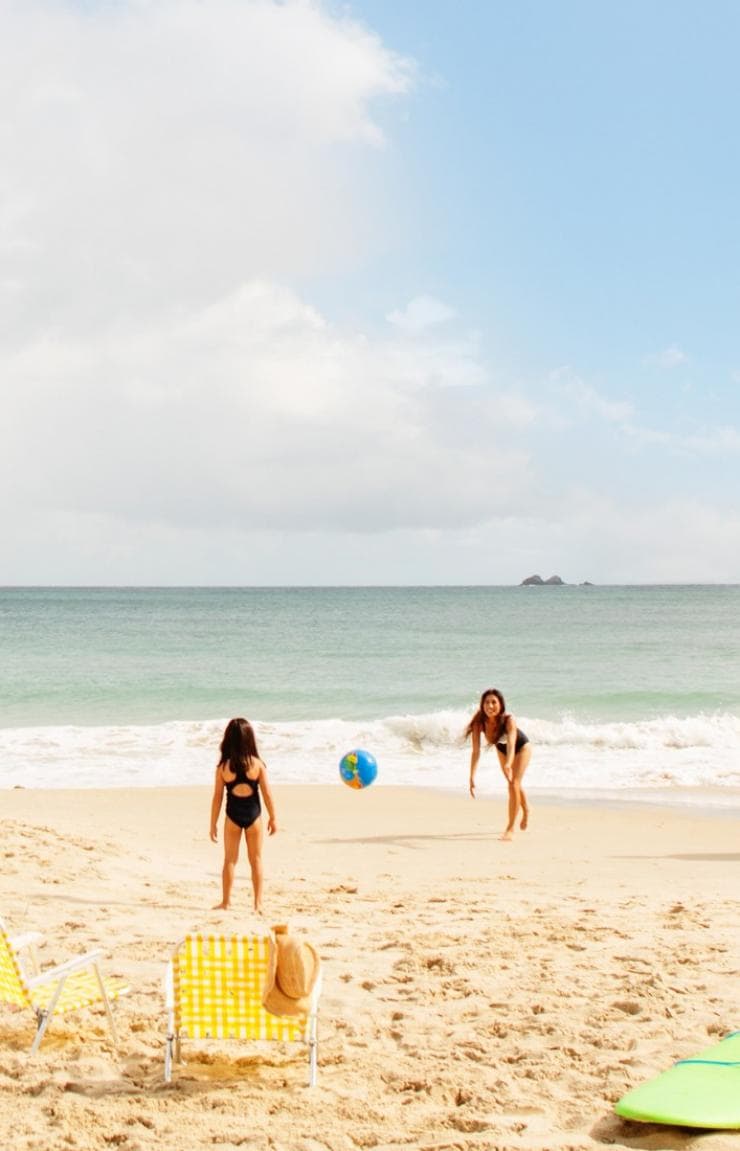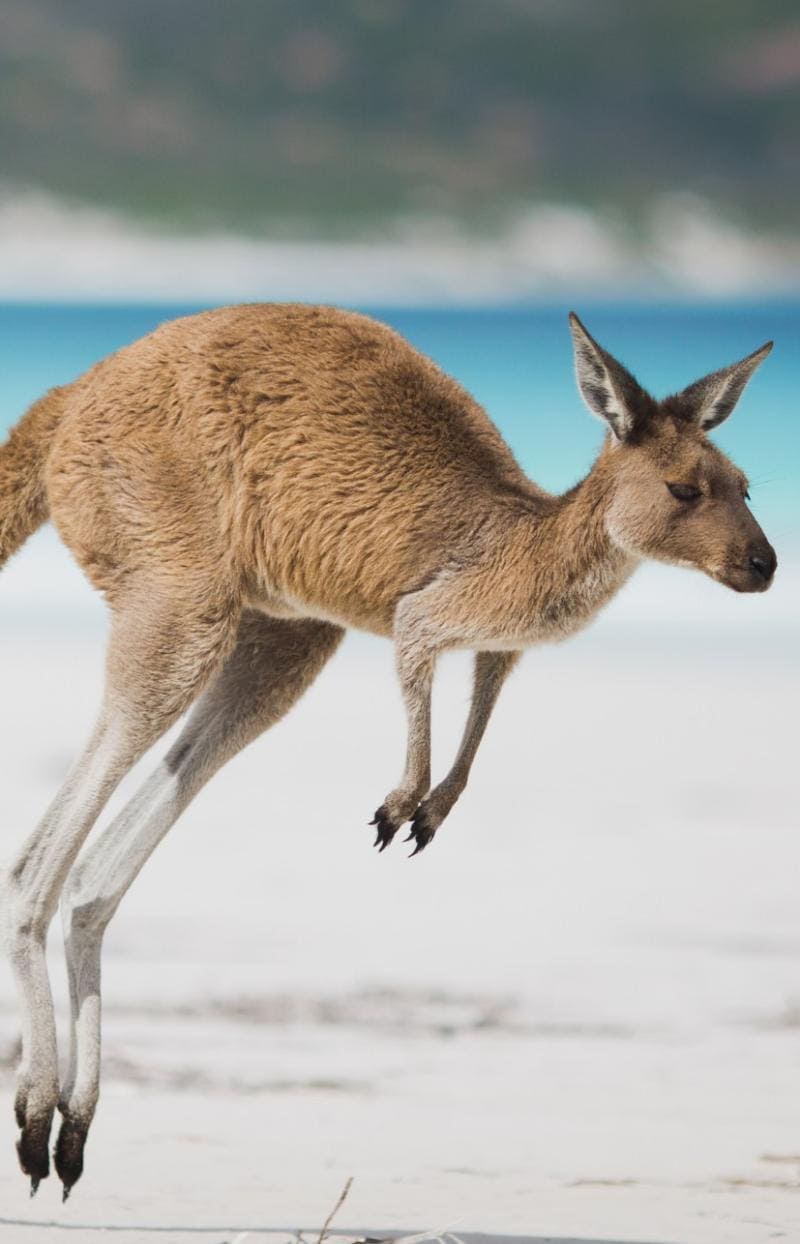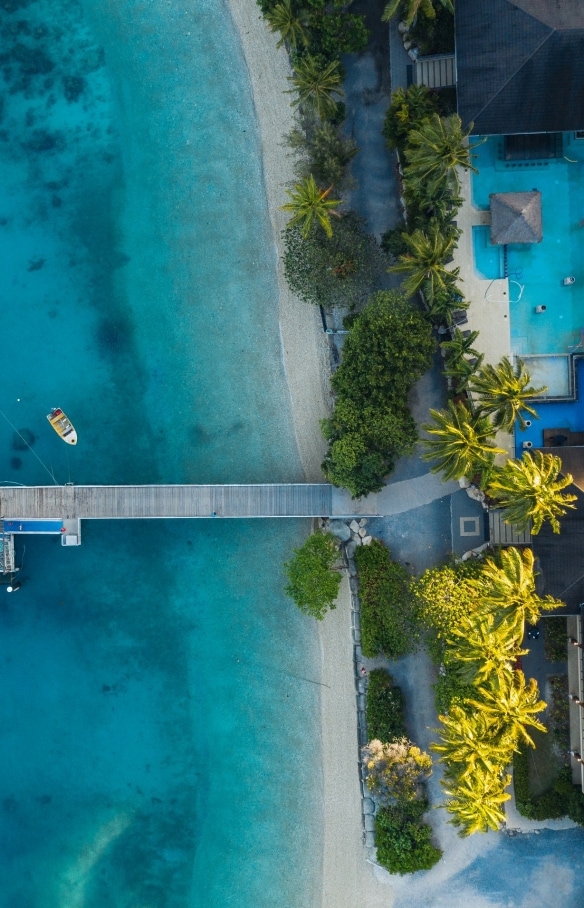Heron Island, Queensland © Tourism and Events Queensland
Guide to Heron Island
Heron Island contains everything you want from a Great Barrier Reef island. All you need to do is explore it.
As a stunning coral cay in Queensland’s Southern Great Barrier Reef, Heron Island could easily rest on its picture-perfect laurels. Yet this island is much more than meets the eye, with amazing wildlife and tropical adventures in abundance. It's a true eco-experience, complete with a University of Queensland research station, which offers tours showcasing the incredible work being done to preserve the reef.
The easiest way to get to Heron Island is to fly from the international airport in Brisbane to the nearest regional airport, in Gladstone, and transfer by air or sea to the island.
- Gladstone Airport is 9kms (6mi) from Heron Island Ferry Terminal in Gladstone; domestic arrivals only
- Helicopter transfers to Heron Island are available at the airport
- Or take a ride share, taxi or shuttle service from the airport to Heron Island Ferry Terminal
- From Heron Island Ferry Terminal, it’s around a two-hour boat ride to Heron Island
Heron Island is pleasantly warm all year. Pack a rain jacket if you're visiting in the tropical wet season from January to March. You'll be able to swim in the ocean all year, with the water temperature staying around 21°C (70°F) throughout winter and warming up considerably over summer. In winter you'll have the best water clarity for snorkelling and diving.
- High season: Late spring to mid-summer (November to January)
- Low season: Winter (June to August)
- Don’t miss: The turtle nesting and hatching seasons (nesting from November, hatching from January to May). January is also peak nesting season for migratory seabirds.







































































































































